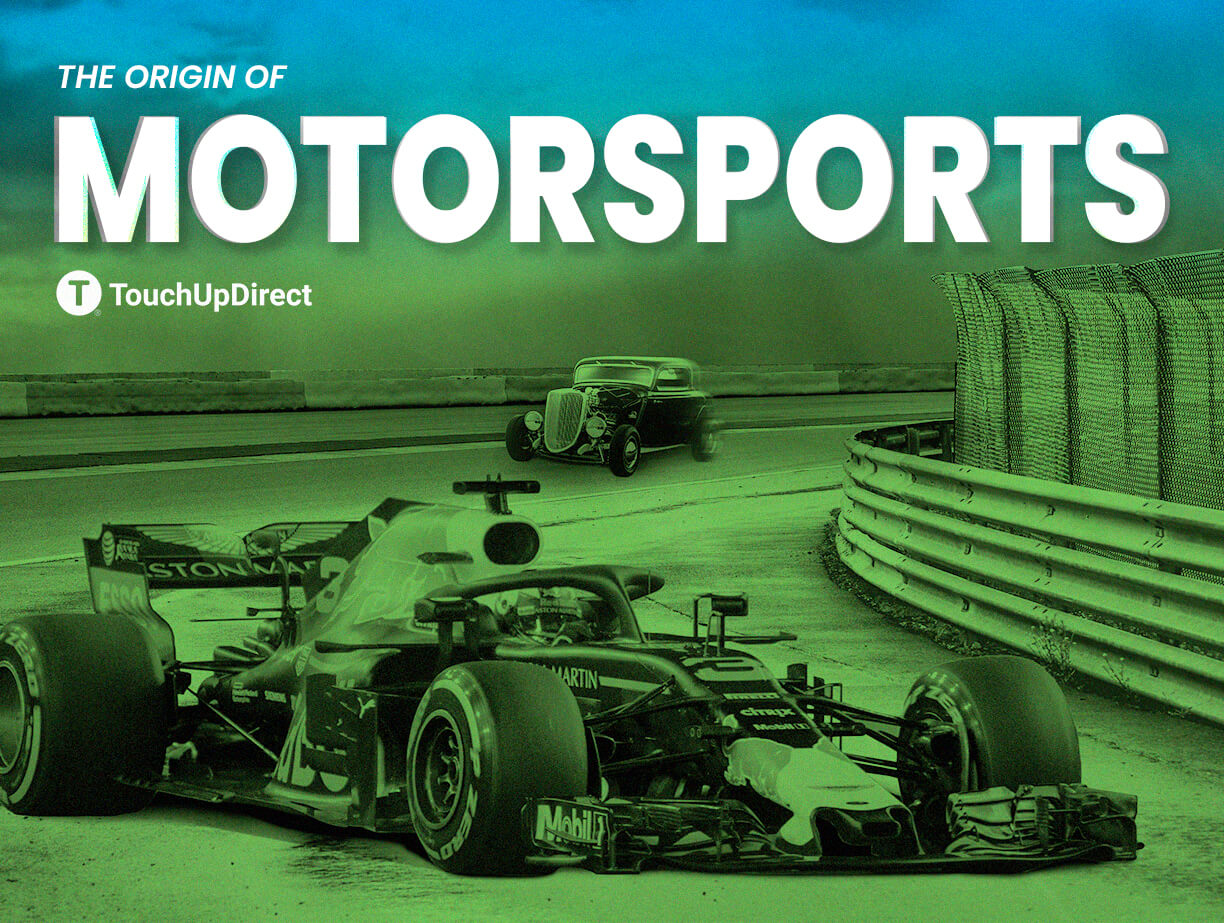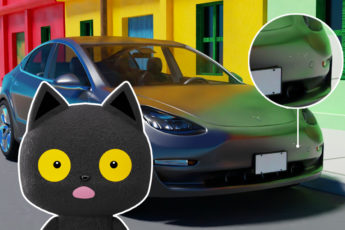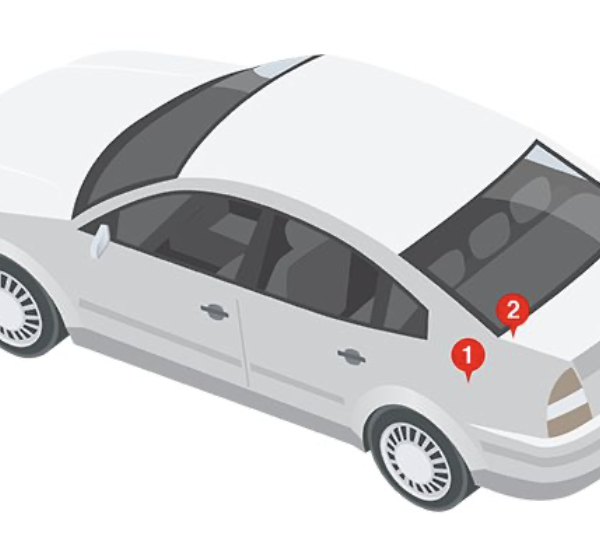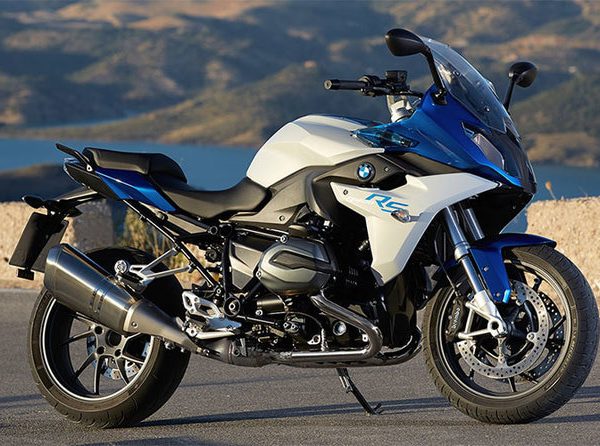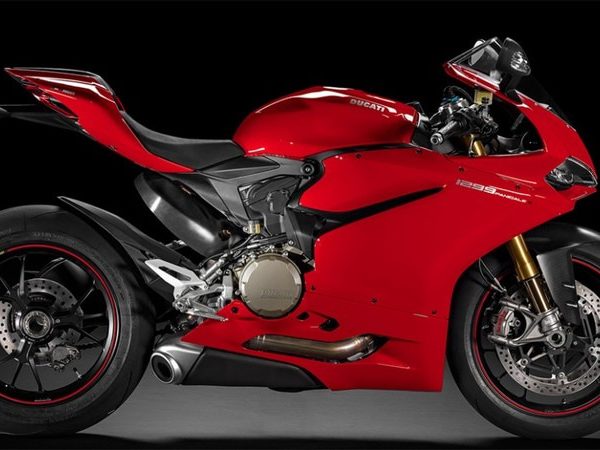The Origin of Motorsports
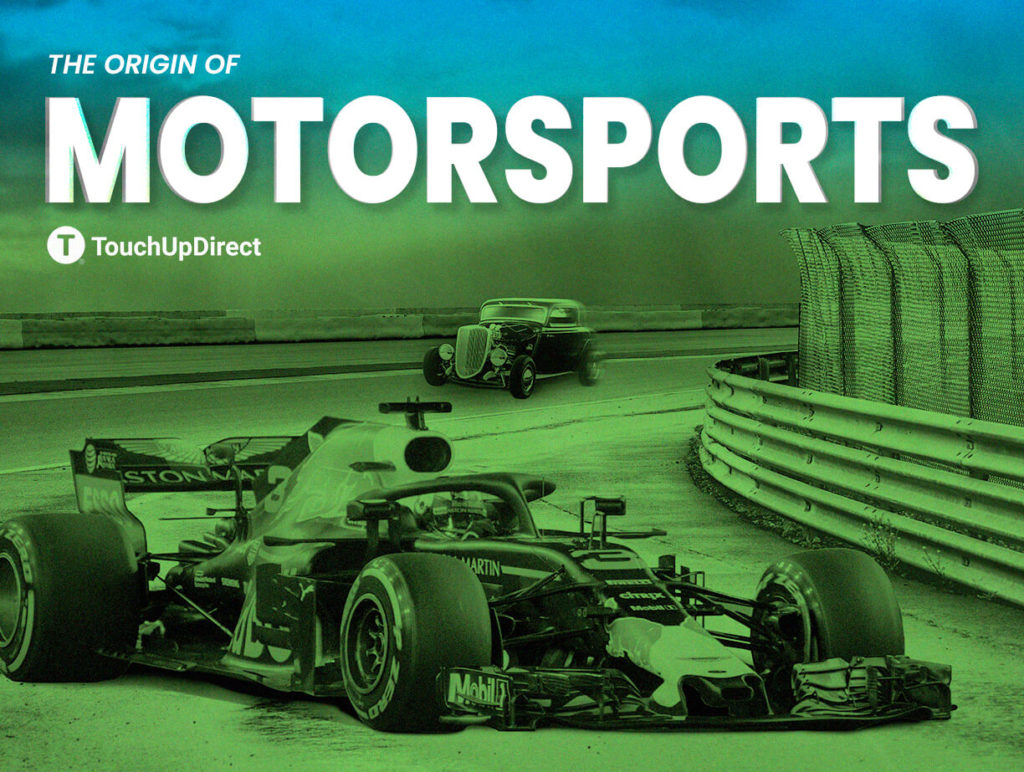
Ready, Set, Go!
In the summer of 1894, Le Petit Journal announced that they would be holding Le Petit Journal Concours des Voitures sans Chevaux. Or as it translates in English: The Competition For Horseless Carriages. Competitors would traverse the 79 mile road from Paris to Rouen in whatever manner of automobile they wished. The versatility of the competing vehicles was the true point of the race. The Benz-Patent Motorwagen, now regarded as the first automobile, had been invented only 9 years earlier. The future of horseless carriages was very much up in the air. As such, entrants included not only gasoline powered vehicles, but also automobiles powered by different methods including steam, electricity, and “gravity”. The racers averaged a speed of a whopping 11mph. The Comte de Dion came in first even though he accidentally drove off-road and ended up in a potato field. Though since his steam powered car had a stoker onboard tending to the engine, they were ineligible to actually win the 5,000 franc prize. The money was split between two petrol cars, one built by Peugeot and the other by Panhard et Levassor. With that, the era of motor racing had officially begun. But there was still a long journey to go from horseless carriage competition to the powerhouse industries of NASCAR and Formula One.
In no time at all, racing evolved beyond the criteria of “Does Le Petit Journal think your car is cool?” The automobile races from city to city that they popularized, however, were common. The phenomenon soon spread all over the world. Just a year after the Paris to Rouen race, the Chicago Times-Herald funded a race from Chicago to Evanston. The resulting publicity greatly boosted the profile of these new fangled automobiles and secured their future in the US. The races soon became longer and more arduous with five cars even racing from Peking to Paris in 1907. And considering they were often using public roads, these races were incredibly dangerous to…well, everyone. Émile Levassor, one of the winners of that first Le Petit Journal race, died from wounds he took racing from Paris to Marseilles and back. The straw that broke the camel’s back was the Paris to Madrid race in 1903. French officials were concerned about the use of public roads, but the sport’s popularity convinced them to allow the race to go ahead. They only made it to Bordeaux. The Spanish government refused to allow the race to continue on their soil as agreed. Why? After one day of racing, eight people were dead with more wounded. The casualties included Marcel Renault, a racer and one of the founders of Renault. The governments of Europe were not inclined to allow city to city racing for a long time after this debacle.
Many feared that this would be the end of the popular sport but for the next few years, a variety of solutions were tested all over the world. The very first Grand Prix took place outside of Le Mans in 1906. It was a closed circuit race that used public roads that had been shut down for the event. Inspired by the French Grand Prix, William Kissam Vanderbilt II put plans in motion for an American race in Long Island. He faced public outcry and stiff opposition from politicians who cited the Paris-Madrid race as to why the Vanderbilt Cup shouldn’t be run. Vanderbilt got his way in the end, building the Long Island Motor Parkway to service both the needs of Long Island and the Vanderbilt Cup. But more and more, new venues dedicated specifically to the art of motor racing began to pop up. The Aspendale Racecourse in Victoria, Australia and the Milwaukee Mile in Wisconsin were both originally meant for horse racing, with Aspendale building a motorway inside their horse track. In 1907, Brooklands, the first banked motor racing circuit was built in England. It was followed two years later by the Indianapolis Motor Speedway in Indiana. These solutions served to keep the sport alive but in 1914, everything motor racing ground to a halt as World War I began. Many racers enlisted and the speedways that had propped up specifically for racing were repurposed to help the war effort. Brooklands became a hub for building and testing military airplanes (It would fill a similar role during WWII, eventually becoming so damaged from German bombing during the Blitz that it was unusable as a race course once the war ended.)
Moonshine and Backroads
We now turn our attention away from the Great War to focus on one of the odder moments in American history and its transformative effect on racing. In January of 1920, the Volstead Act went into effect. This enforced the newly ratified 18th Amendment that banned the production, transportation, and sale of all “intoxicating liquors”. Helpfully, the Volstead Act confirmed that beer, liquor, and wine all fell under that definition. The Temperance movement in the United States had been working toward this outcome for decades, even succeeding in several states to institute a statewide ban as early as the 1850s. Which meant that when the Volstead Act kicked in, bootleggers were ready for the massive rise in demand for their product.
To successfully produce your intoxicating liquor, you would need a few things. The most important elements were a distillery to make your hooch and a good, fast car to get your booze where it needed to go. These cars had to look like regular, unassuming vehicles that couldn’t possibly have been modified to go faster and carry more contraband. Nope. Nothing to see here. Just a normal car that officers of the law should just drive past. The drivers of these completely normal cars, mostly from the South, learned to drive the twists and turns of the Applachian backroads with precision. Already hard to navigate, drivers also had to be quick on those roads because of the authorities chasing them. The 18th Amendment was repealed after thirteen years, but due to dry counties, high liquor taxes, and people developing a taste for moonshine, bootlegging stayed a viable profession. Which was lucky for them because in 1932, a year before prohibition’s repeal, Henry Ford introduced the V8 engine to the world. This was obviously a boon to bootleggers in their main profession but had a transformative effect on their side hustle: stock car racing.
At some point, the drivers of these souped up moonshine carts realized that it might be nice to show off the power and speed of their cars to people other than law enforcement. What started out as fun wagers with other bootleggers soon became races in front of thousands of spectators when promoters noticed how big a crowd those friendly matches drew. With skills honed by years of fleeing the cops on winding back roads, future racing legends like Roy Hall, Lloyd Seay, Junior Johnson, Red Byron and Curtis Turner all gravitated toward these races. While these incredible drivers gave a good show, their past was a double edged sword. Promoters had a hard time bringing these races to the next level because they were not seen as respectable. These scrappy races with their wildly divergent tracks and criminal drivers had no set of unified rules. While wildly popular, the chaos of those early races was not sustainable.
Grand Prix racing in the U.S. seemed to be the more reputable alternative with races like The Vanderbilt Cup and the Indy 500 even attracting some European attention. Bernd Rosemeyer, driving for Auto-Union, even won the Vanderbilt Cup in 1937. He and Rudolf Caracciola, driving for Mercedes Benz, dominated the European Grand Prix’s in the mid to late 30s…which was unfortunate as they were also representing Nazi Germany. Soon, the world went to war once more. Drivers enlisted and motor speedways repurposed themselves to become wartime production hubs. Rudolf Caracciola officially became the last winner of the European Championship in 1938. When the war ended seven years later, a new championship would be put in place. One that would last far longer than the six year reign of the European Championship.
Post-War Racing
In 1945, a little more than a year after the liberation of Paris, the first European Grand Prix in years was held just outside the city. Things in the world of European racing began to get back to normal the following year, with several Grands Prix held all over Europe. Already filled with significance as the first post-war season, it became more important when the 1946 Turin Grand Prix introduced the world to Formula racing. The organization that had run the European Championship, the AIACR (Association Internationale des Automobile Clubs Reconnus), had undergone an evolution into the Fédération Internationale de l’Automobile or FIA. They made the decision to implement a standardized set of rules. Cars had to adhere to rules regarding their size, weight and what kind of engine was under the hood. A formula, if you will. Cars with a “4.5-litre normally aspirated engine” would be considered Formula One. Cars with half that power would race under Formula Two. Their plans for a brand new championship would take a little longer. The first official Formula One season took place in 1950. It had seven rounds: The Silverstone Circuit in England, The Monte Carlo Circuit in Monaco, The Indy 500 in the United States, Bremgarten in Switzerland, Circuit de Spa-Francorchamps in Belgium, Reims-Gueux in France, and Autodromo Nazionale di Monza in Italy. The Indy 500 gave the proceedings an international flair but no European drivers made the trek over. In fact, European drivers at the Indy 500 would not become a common occurrence until after Formula One dropped them as a race in 1961. Back in 1950, the inaugural season of Formula One was a huge success. Alfa Romeo’s Guiseppe Farina became the very first Drivers Champion, beginning a legacy that lives on even now.
American stock car racing was facing a similar reckoning. In addition to the general disarray, the races were run by unscrupulous promoters who frequently cheated the drivers out of what little profit the sport provided. It was no surprise then, that it was the drivers who took matters into their own hands. Bill France Sr., a racer, mechanic, and promoter out of Daytona Beach, had seen firsthand the issues holding the sport back. He went to AAA with his plans to create a unified series with rules and regulations. They declined to fund his ambitious idea. In December 1947, France gathered a group of racers, owners, promoters, and mechanics to Daytona, Florida for a meeting. There, in the Streamline Hotel, the group hashed out a plan to create a governing body for the spot. It was Red Vogt, the legendary mechanic who got his start creating bootlegger cars, who gave the organization its name: the National Association for Stock Car Auto Racing. They moved fast and the first NASCAR sanctioned race took place in February 1948 on a beach course in Daytona. It was followed the next year by the first Strictly Stock Race, a division that would later be called the NASCAR Cup Series.
Home Stretch!
The path from horseless carriages to NASCAR and Formula One is as winding and unexpected as the backroads taken by the first stock car racers. Fittingly, the auto racing world progressed with impressive speed.There were only a few decades between the Comte de Dion crashing into a potato field and the construction of the towering raceways we see today. Those Grands Prix that popped up to save the sport after the Paris-Madrid race have evolved into a behemoth. Formula One made more than $2 billion dollars in 2021. NASCAR, a sport founded by bootleggers, is seen by millions of people each year. It all begs the question: Where does racing go next?

 Cart
Cart
 Help Desk
Help Desk
